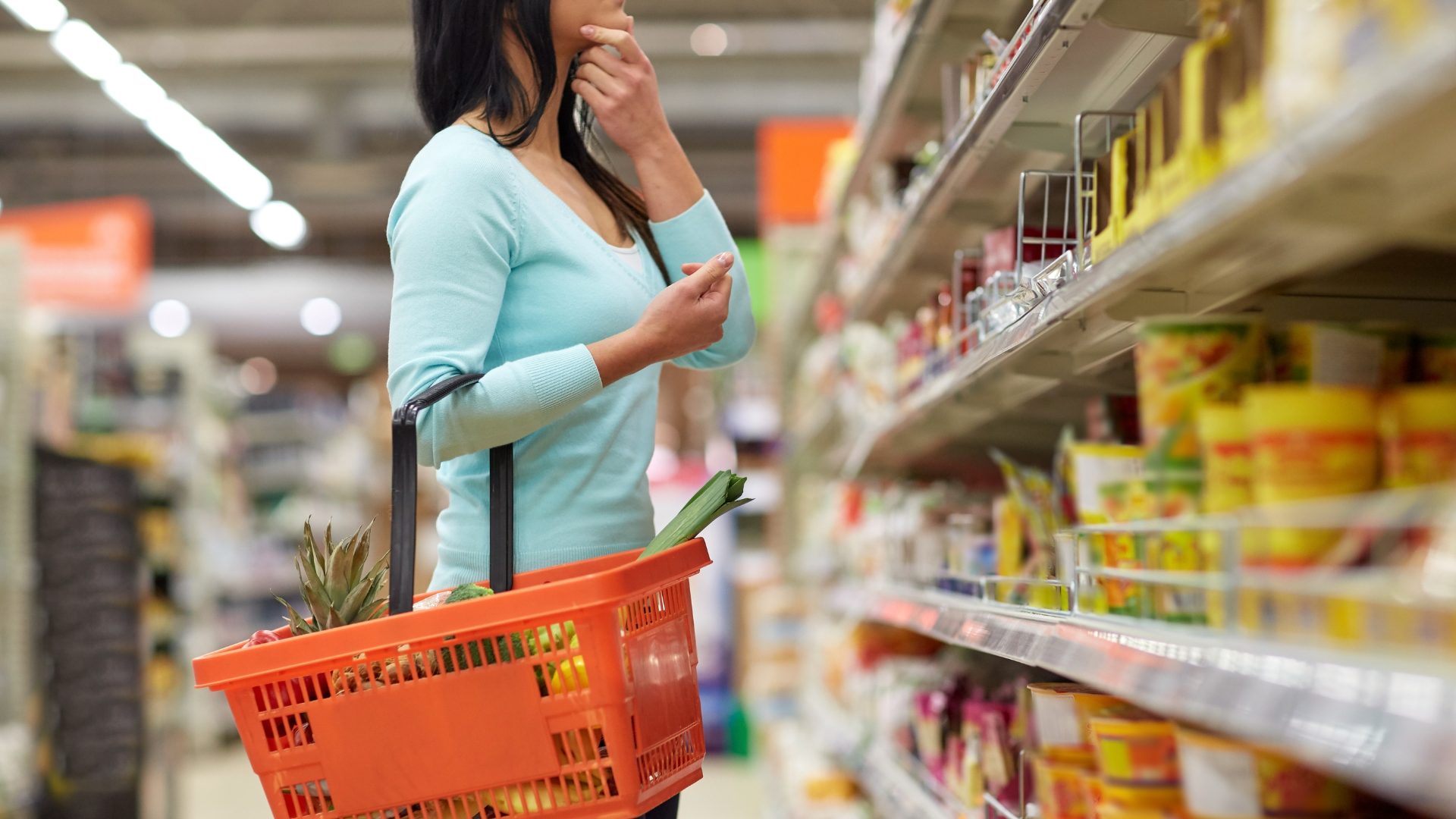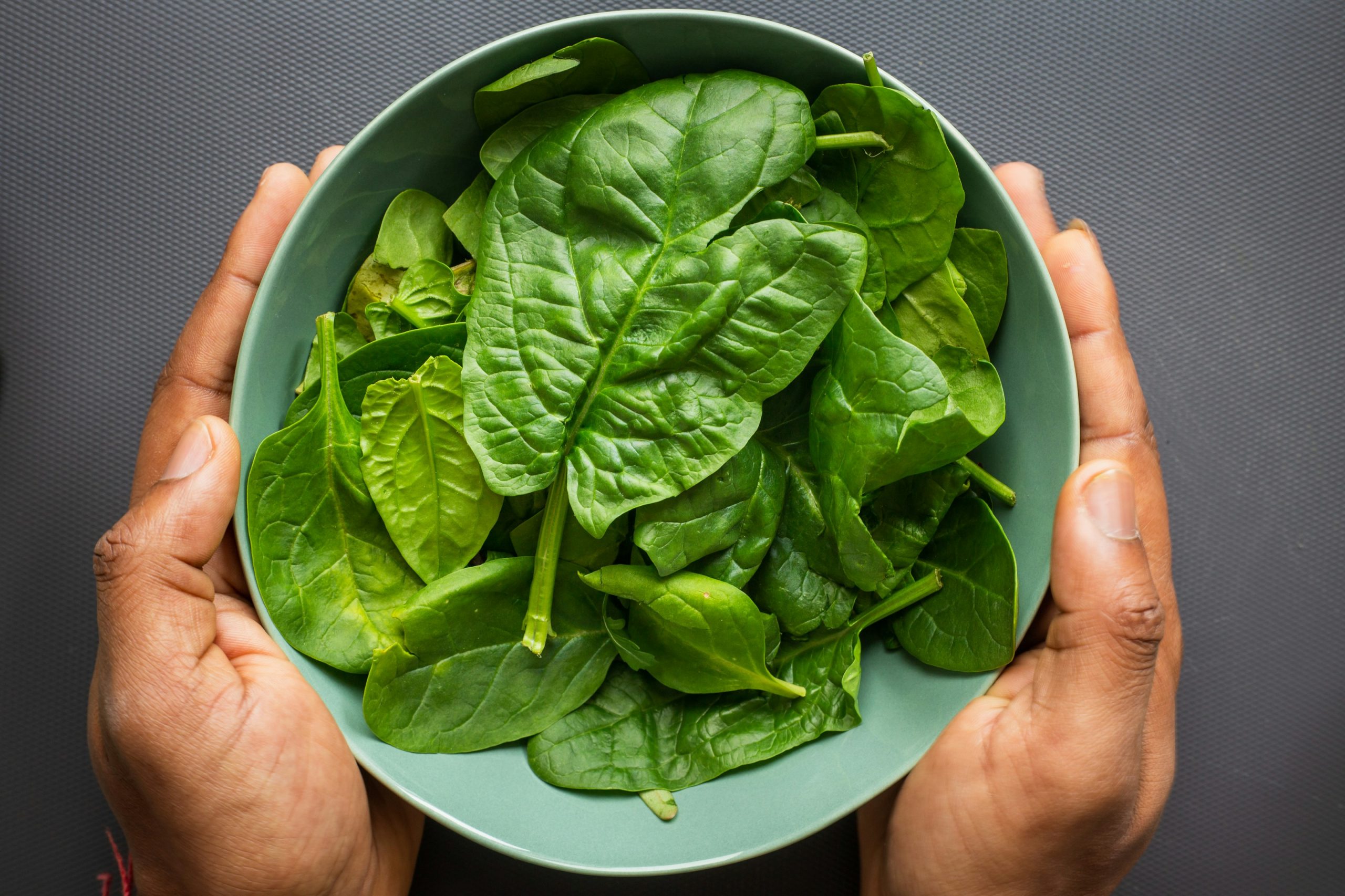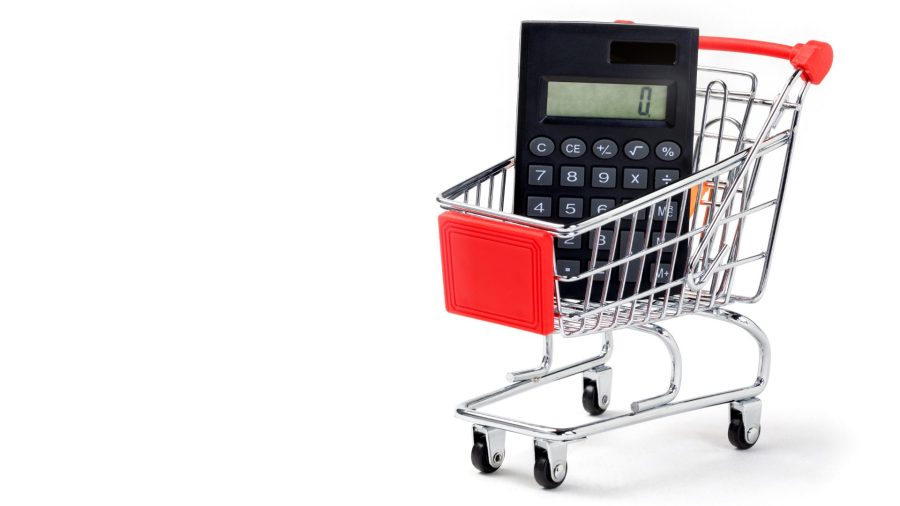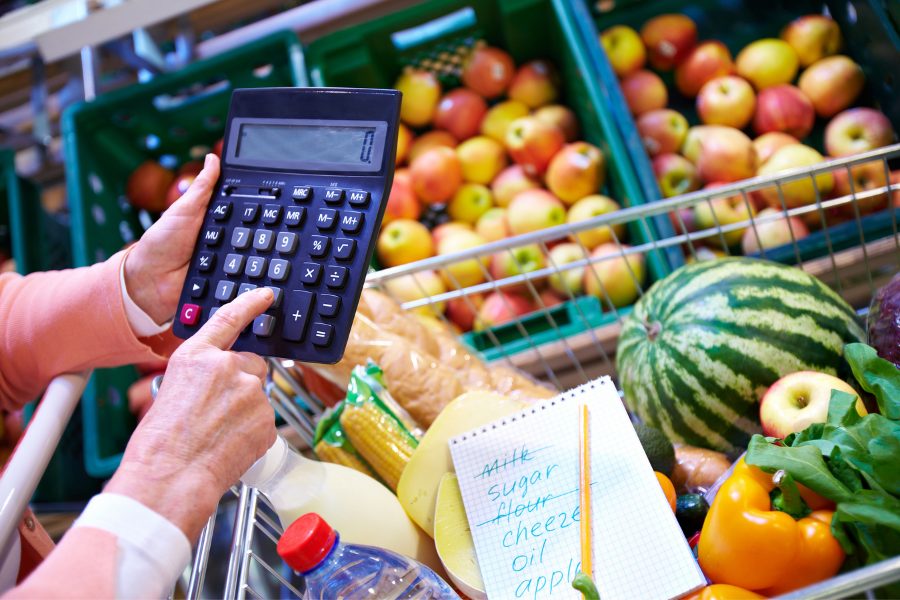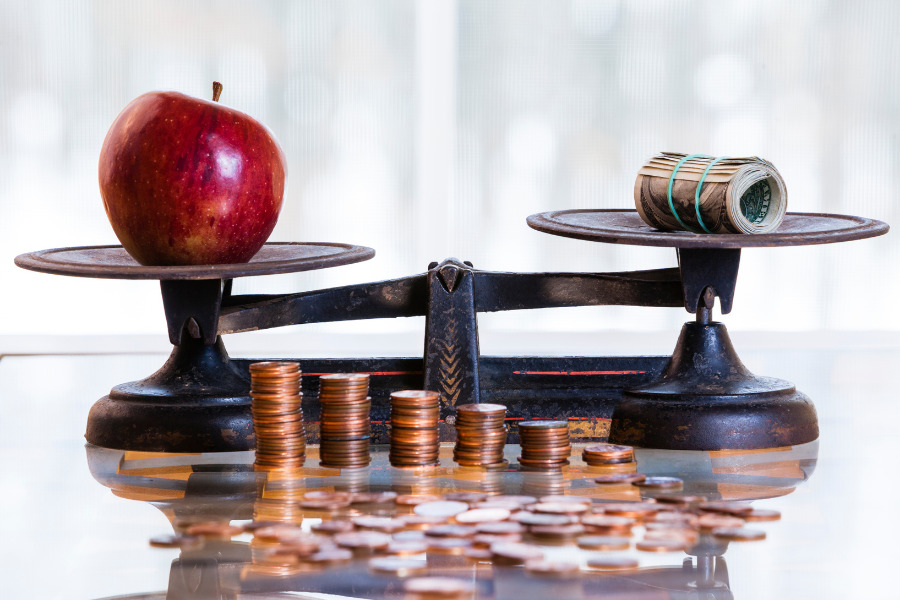Bad news for consumers: Prices for food and other items are going up amid tariffs as retailers scramble to cover rising costs. Call it “foodflation.”
The Wall Street Journal reported companies from Hormel Foods to Ace Hardware have announced likely price increases, curtailing efforts to absorb the impact of supply chain disruptions and tariffs.
Best Buy CEO Corie Barry told an analyst call vendors have announced price increases and are adjusting promotions. Meanwhile, meat and produce prices already are up, and the Journal said tariffs likely will push them even higher.
“I couldn’t believe how fast it [beef] went up,” New Yorker James Paternoster told the Journal. “I’m not buying this little piece of meat for this.”
Why Grocery Bills Keep Climbing
Meat prices, in general, are higher as a result of herd culling during the pandemic when producers couldn’t move their livestock, and severe drought hit some areas. Produce prices are up 16% from a year ago.
And that morning cup of joe? The 50% tariff on Brazil, one of the world’s largest coffee producers, likely will make the morning jolt more expensive. A Purdue University data snapshot shows food inflation has ticked up this year, and consumers think it is worse than it actually is.
After stabilizing around 2% in 2024, food inflation was up 2.9% in August. And consumers are noticing, researchers say.
Researchers estimate food prices to be 5.3% higher than a year ago, up from 5.1% in July. “Expectations for future food-price inflation rose to 4.5% in our August survey, higher than we’ve measured since summer 2022,” researchers said.
Supply chain uncertainty triggered in large part by tariffs likely will trigger higher inflation in coming months, as a report from Kearney warns these disruptions are here to stay.
School Lunch Costs Illustrate Inflation
Another noteworthy finding related to “foodflation”: a report from Deloitte put school lunches in the spotlight, finding that nearly half of all parents expect the cost of lunch to be higher.
Deloitte looked at brown- bag classics like peanut butter and jelly, as well as a chicken and avocado quesadilla, a salad, and a convenience lunch built around a prepackaged meat, cheese and crackers.
“The cost of food will continue to increase, as we have made every aspect of the input costs (the cost of production higher),” Babak Hafezi, adjunct professor of internațional business at American University, told The Food Institute. “From energy (electricity & natural gas), to labor, to rent, to services, raw materials keep on going up every quarter.
“Furthermore, as more farmers do not have the human capital to pick the vegetable and fruits they’ll be forced to automate, find expensive domestic labor, or go out of business. All three options are inflationary in one way or the other.
“Current policy may become ultimately unsustainable, unless we are willing to live in a hyper-inflationary world.”
Millennials Cut Fresh Food as Prices Rise
The average daily cost across lunch options is $6.15. Relative to the beginning of the 2024 school year, packing lunch in 2025 costs about 3% more on average – slightly higher than food-at-home inflation overall, the aforementioned report said, noting grocery prices are up 23% since 2022.
To cope, consumers said they’re often taking steps like switching from name brands to private labels.
Millennials are the most willing generation to cut back on buying fresh food to reduce the cost of perishable food waste (29%), the report noted.
The problem is global. The FAO Food Price Index showed prices up 1.6% from June to July overall, spurred by increases for meat and vegetable oil. The index was up 7.6% from year-ago levels.
The Food Institute Podcast
How will the One Big Beautiful Bill Act (OBBBA) impact your food business? Unraveling the implications of new legislation is never easy, but Patrick O’Reilly and Jeff Pera of CBIZ explain how provisions of the bill related to no tax on tips, depreciation and expensing of capital purchases, and research and development will impact the industry.


